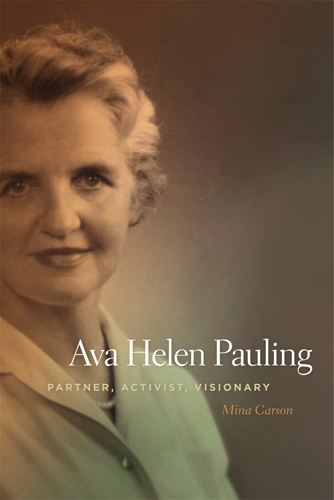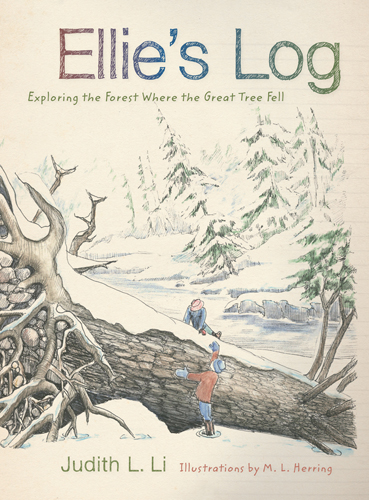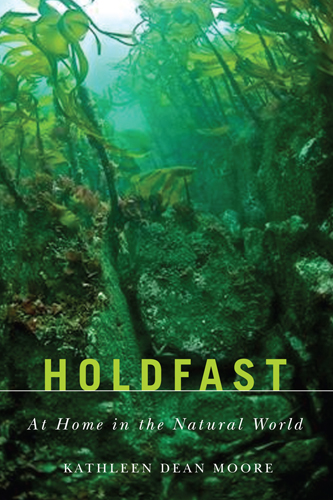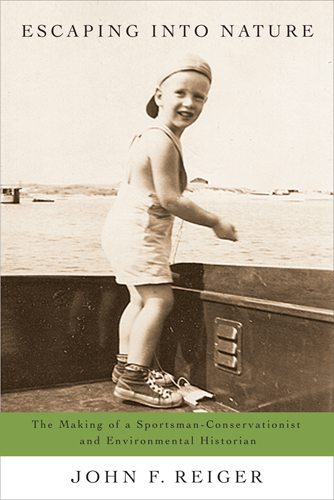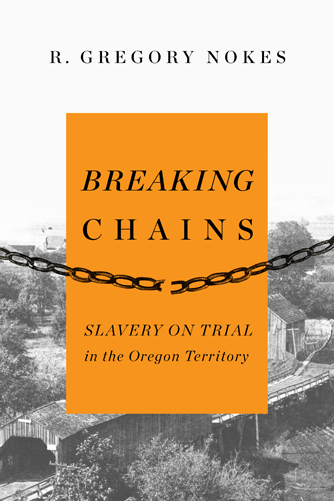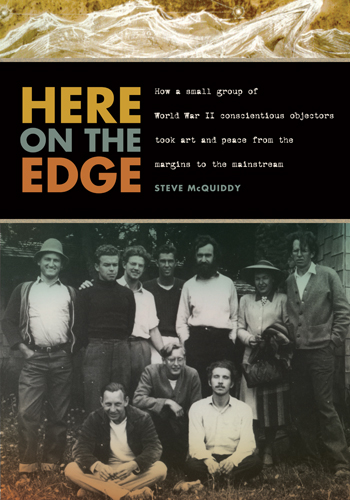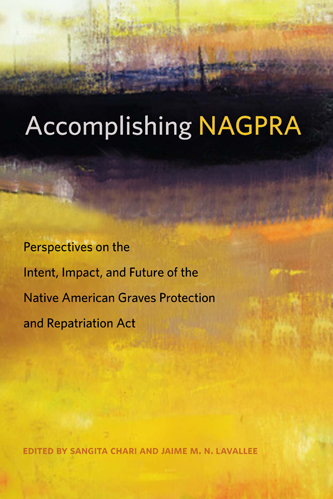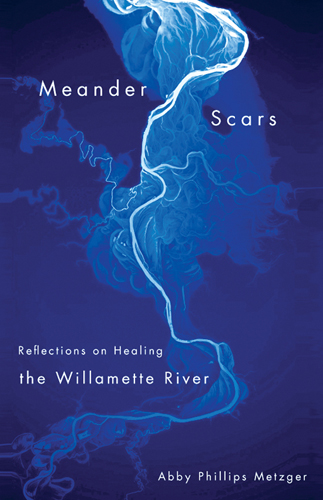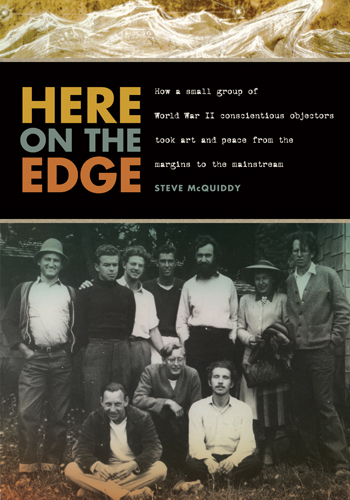
Here on the Edge
Steve McQuiddy
In Here on the Edge, Steve McQuiddy shares the long-awaited story of how a World War II conscientious objectors camp on the Oregon coast plowed the ground for the social and cultural revolutions of the 1960s.
At Civilian Public Service Camp #56, located just south of Waldport, pacifists and political objectors spent their daylight hours planting trees, crushing rock, building roads, and fighting forest fires—fifty hours a week, for no pay. At night, they published books, produced plays, and made art and music—all during their limited non-work hours, with little money and resources. They were the Fine Arts Group at Waldport, and their focus was not so much on the current war, but on what kind of society might be possible when the shooting finally stopped.
This talented group included poet William Everson, later known as Brother Antoninus, “the Beat Friar”; violinist Broadus Erle, founder of the New Music Quartet; fine arts printer Adrian Wilson; Kermit Sheets, co-founder of San Francisco’s Interplayers theater group; architect Kemper Nomland, Jr.; and internationally renowned sculptor Clayton James.
Other notables published by or involved with the Fine Arts Group include artist Morris Graves, poet William Stafford, fiery antiwar poet Kenneth Patchen, and iconoclastic author Henry Miller.
After the war, camp members went on to participate in the San Francisco Poetry Renaissance of the 1950s, which heavily influenced the Beat Generation of Jack Kerouac and Allen Ginsberg, who in turn inspired Ken Kesey and his Merry Pranksters, leading the way to the radical upheavals epitomized by San Francisco’s Summer of Love.
As the Fine Arts Group carved an unpopular path during the dark days of the 1940s, they were showing the way for the next generation, when a new set of young people, facing a war of their own in Vietnam, would populate the massive peace movements of the 1960s.
Twenty years in the making and packed with original research and more than eighty photographs, this definitive history of the Fine Arts Group at Waldport explores how a legacy of art and peace resonated far beyond the borders of an isolated work camp for those who refused to fight what is often called “The Good War.” It will appeal to readers interested in peace studies, World War II history, influences on the 1960s generation, and in the rich cultural history of the West Coast.
Visit the author's website.
About the author
Steve McQuiddy writes and lectures on Pacific Northwest history and culture, particularly the eccentric quarter. His monograph, The Fantastic Tale of Opal Whiteley, has been widely cited and reprinted, with an expanded version published in 2012. He has written for Salon, Mother Jones, Seattle Times, and Best Essays Northwest, and has been awarded by the Society of Professional Journalists. He is an honorary director of the Oregon Cultural Heritage Commission and currently teaches writing at Lane Community College in Eugene.
Read more about this author
"Here on the Edge is an engaging and beautifully written history. Although I have some background in this topic, I learned much from McQuiddy's extensive research and capable handling of complex historical strands. Even more, I was deeply moved by the story of resistance and transformation McQuiddy has spun from oral histories, books, articles, manuscripts, and original interviews. He captures the stunning intentionality of people with outrageous goals and their unlikely impact. It made me ache for a similar possibility."
–Johanna Ogden, Oregon Historical Quarterly Fall 2014







